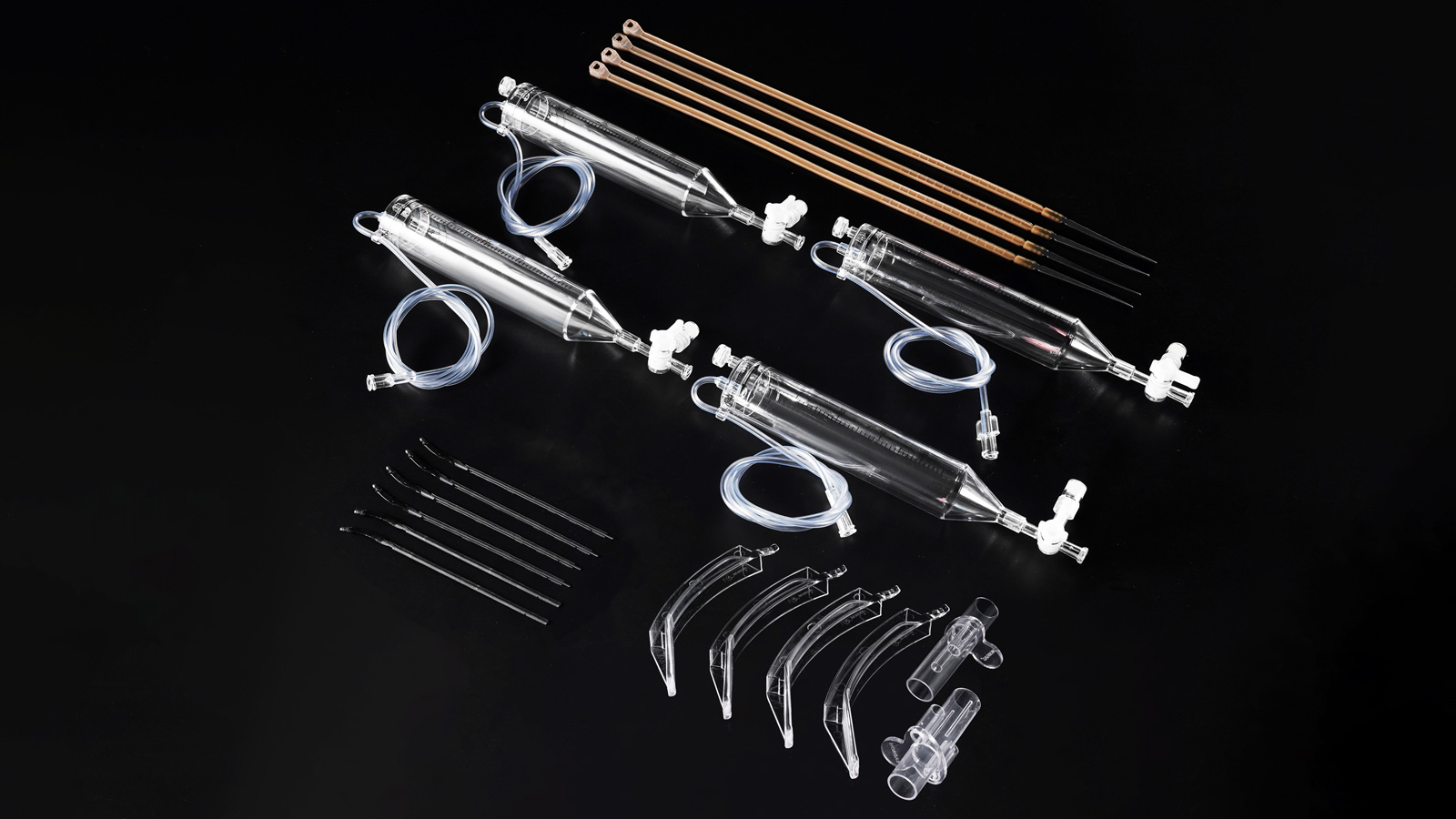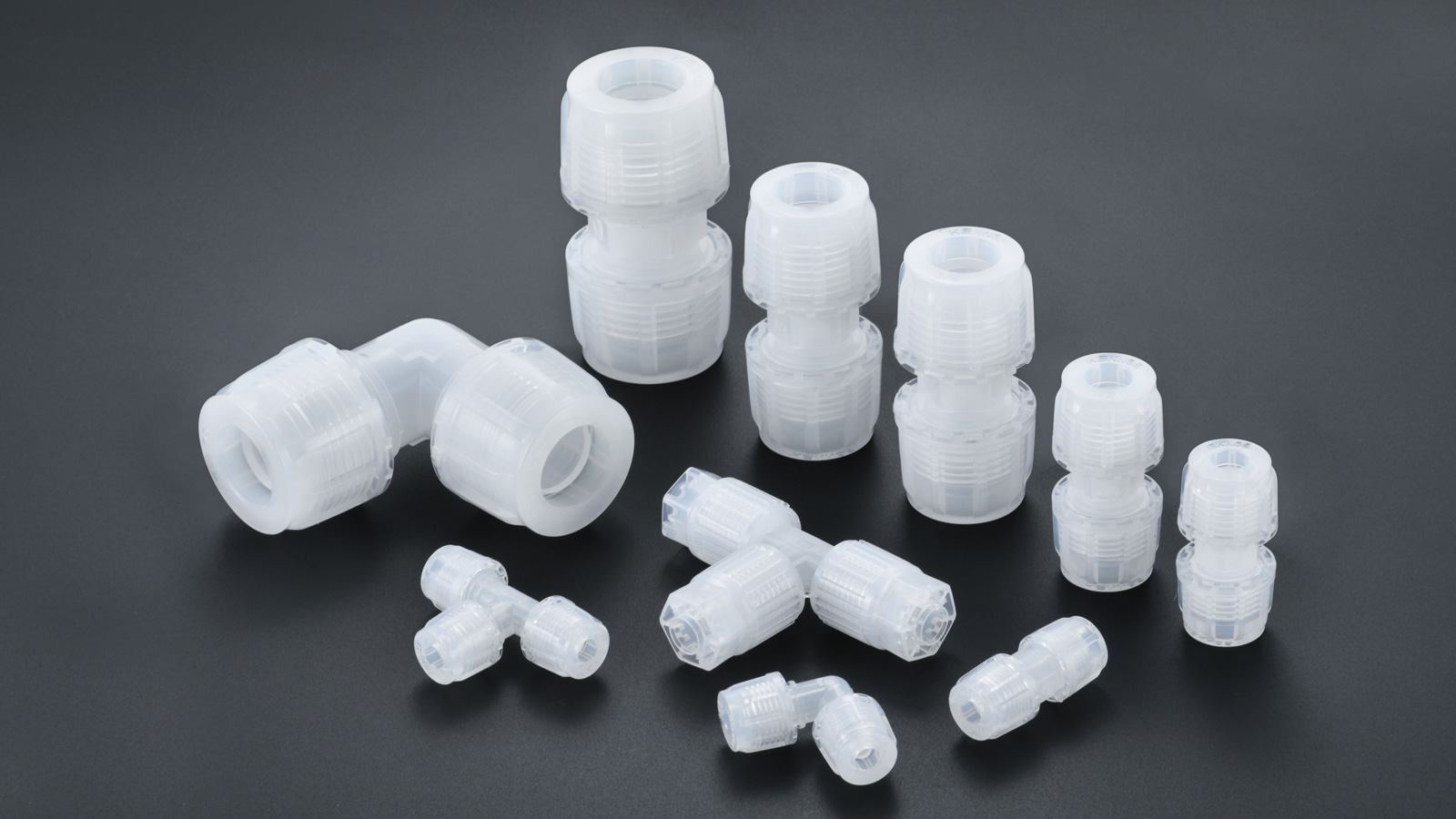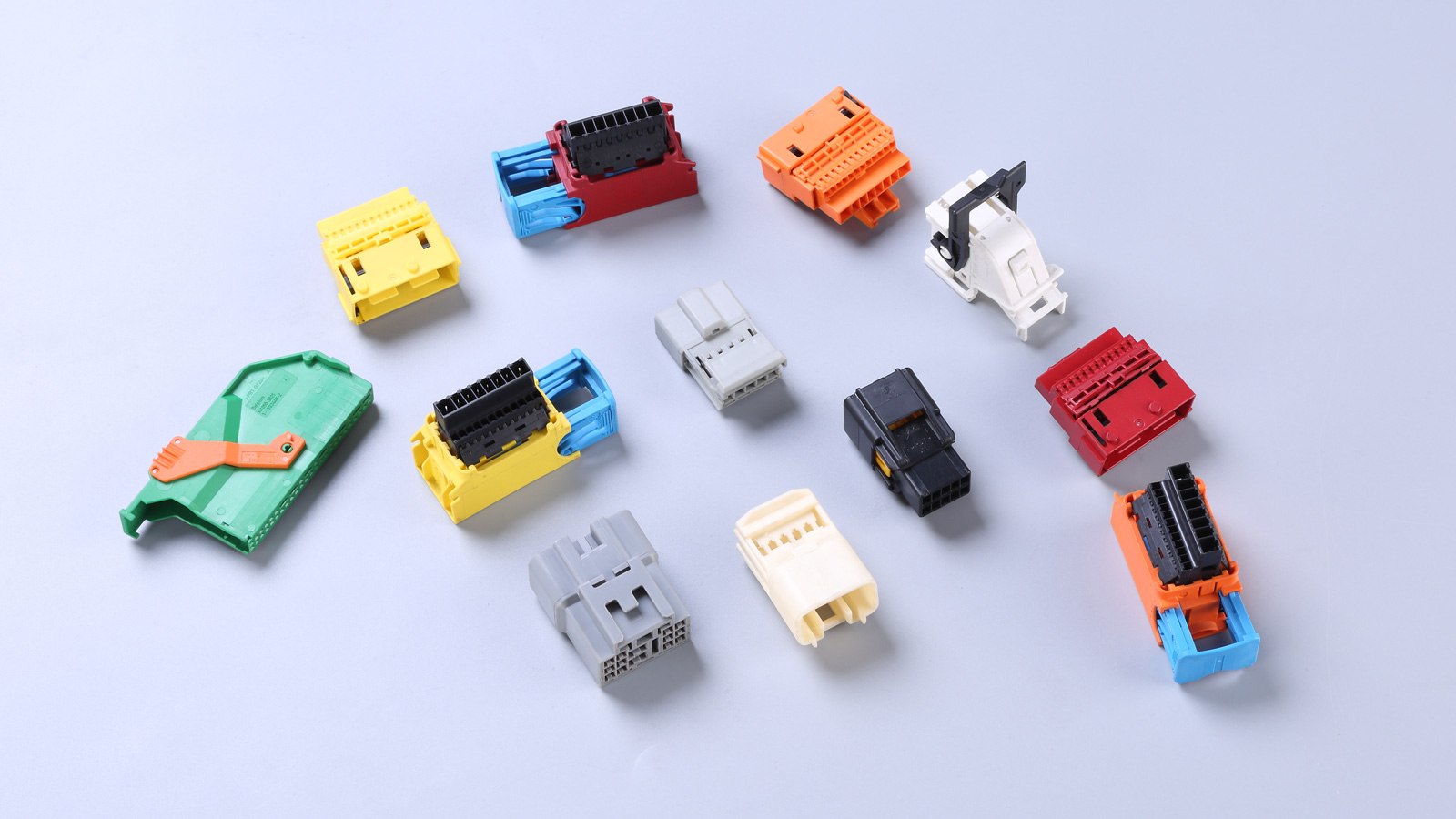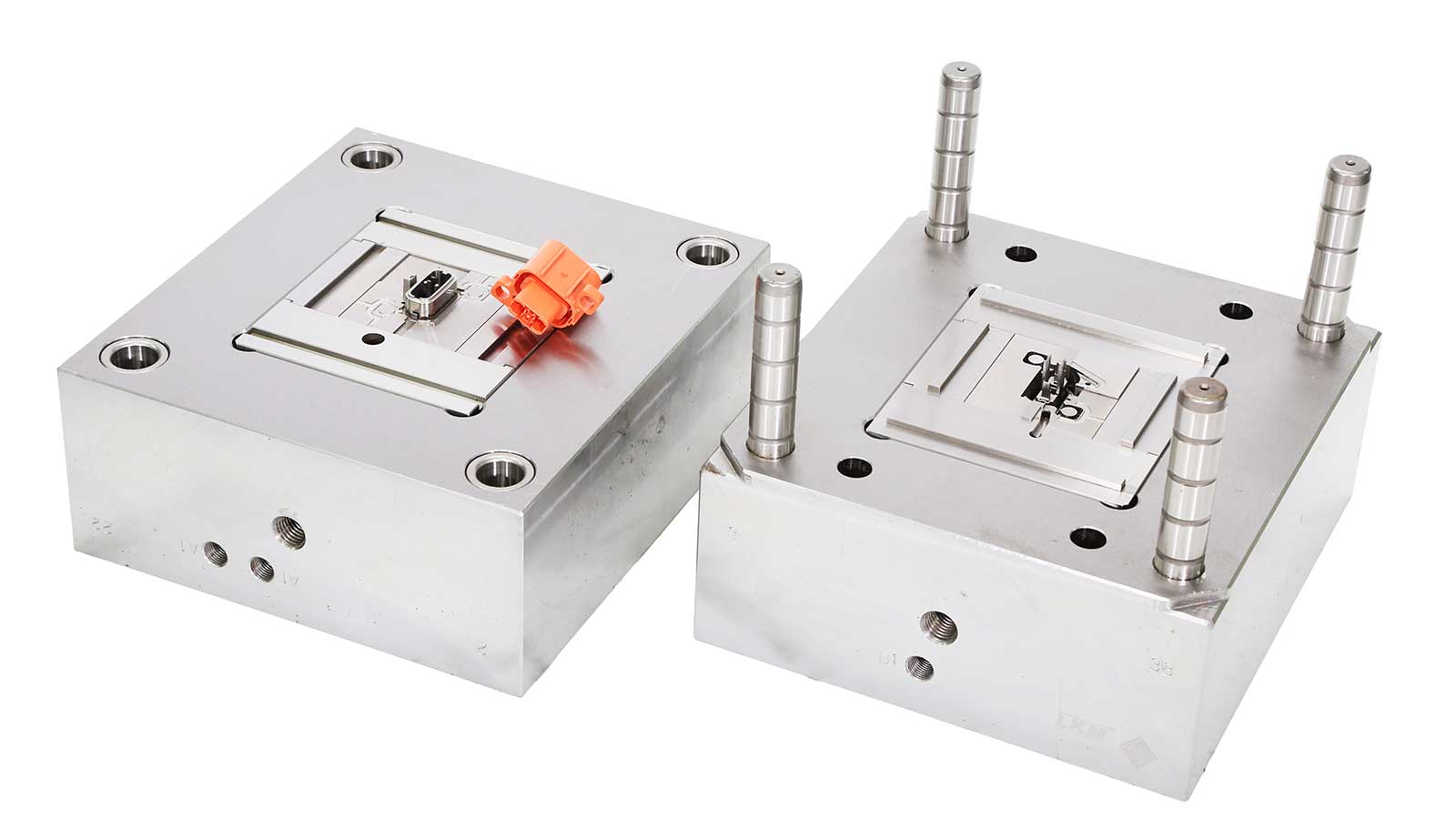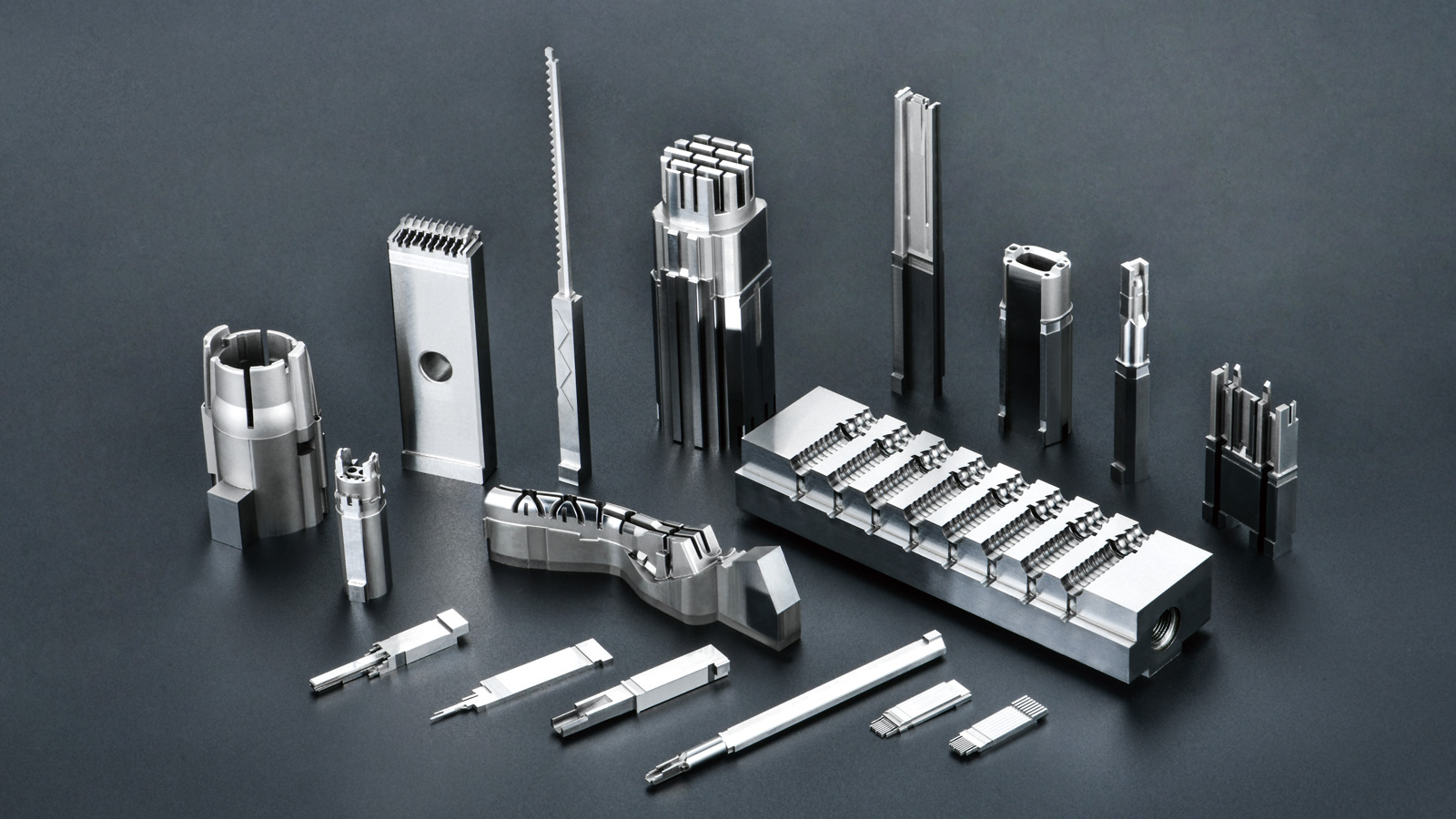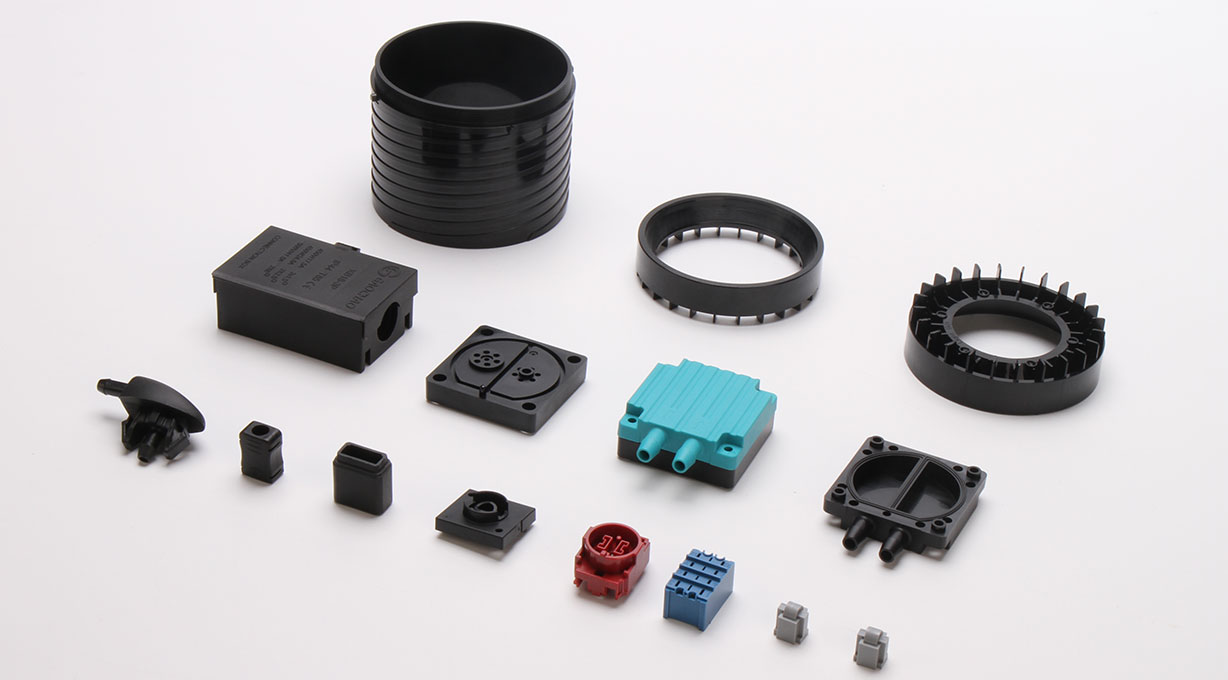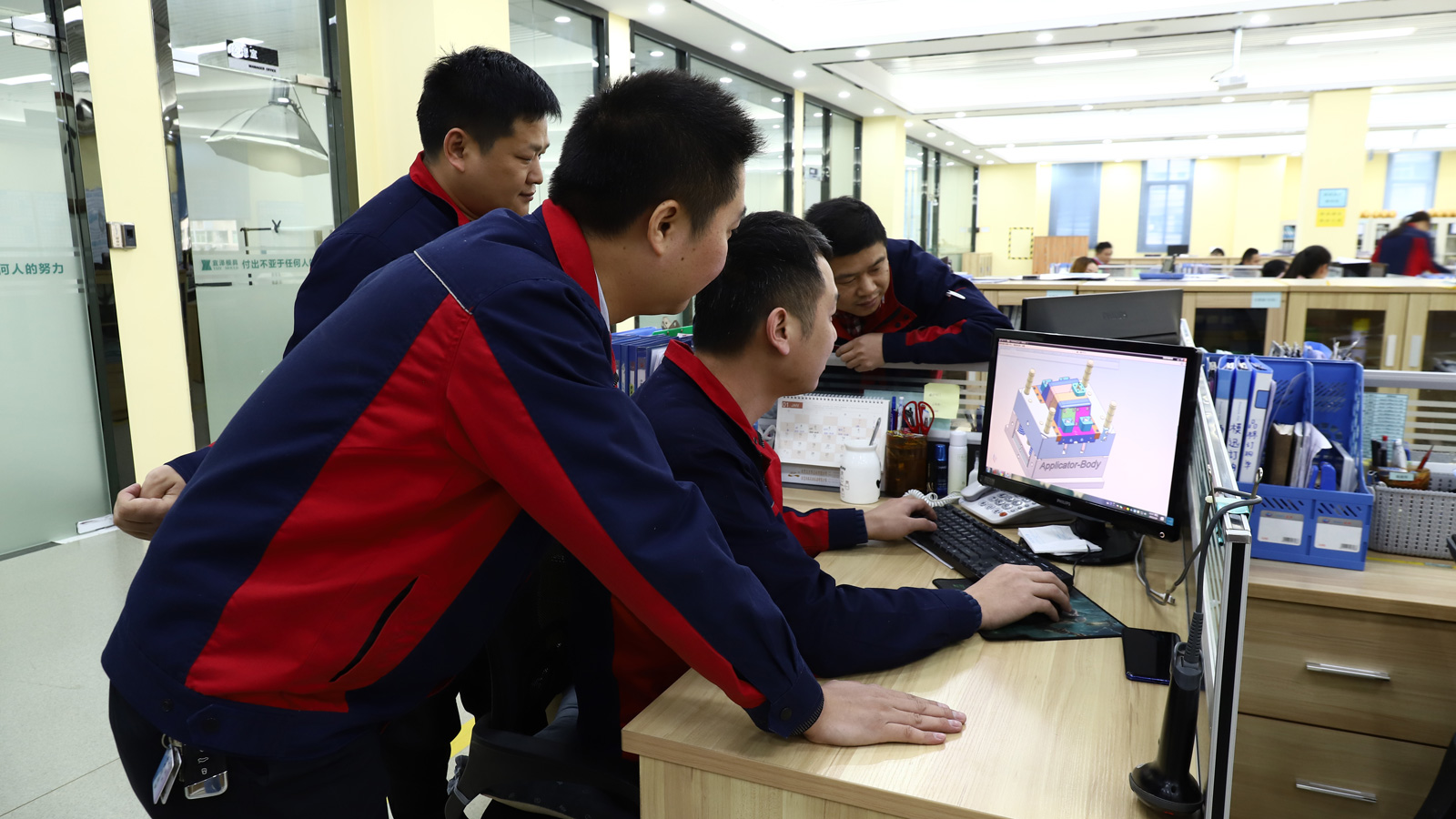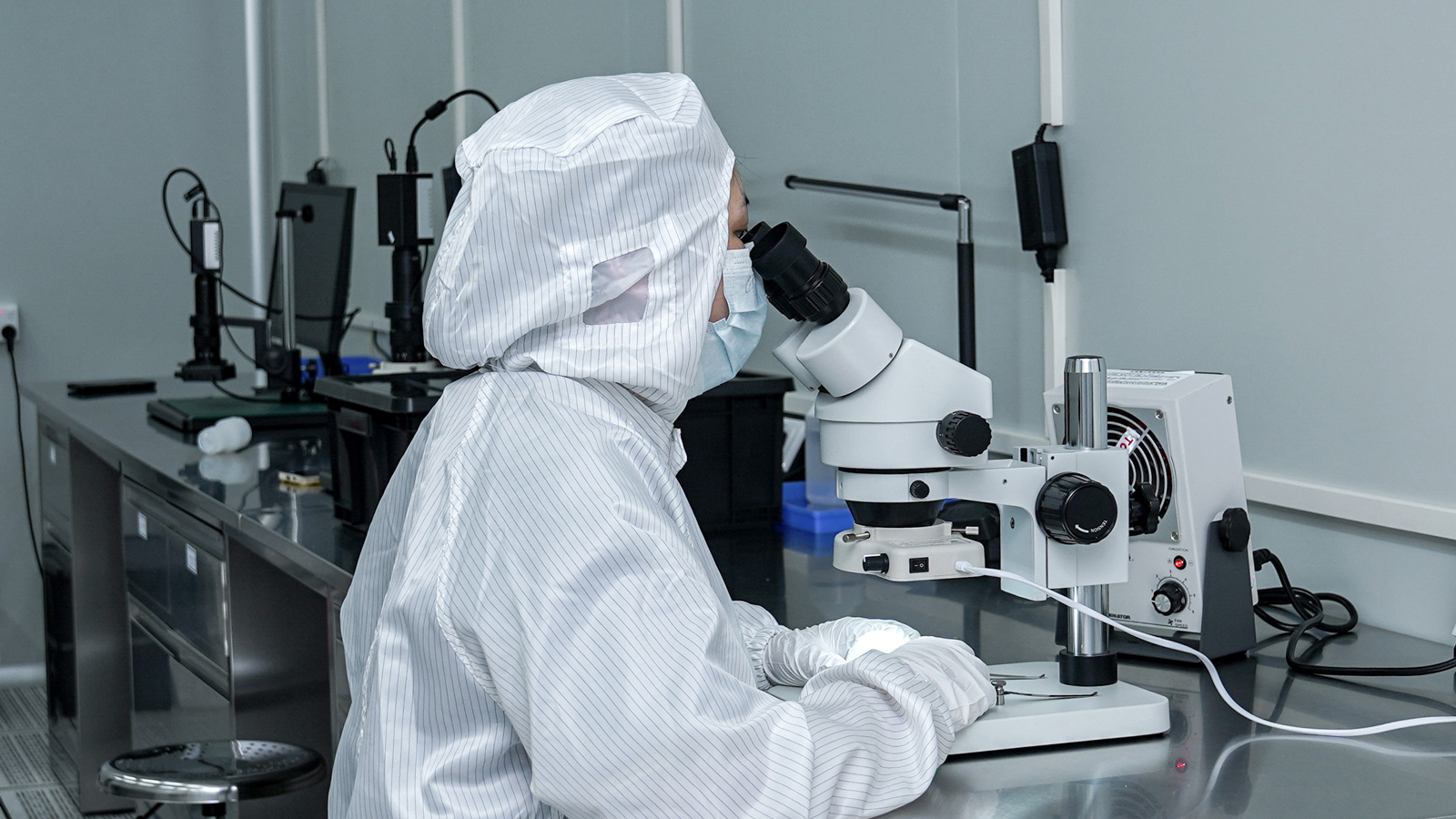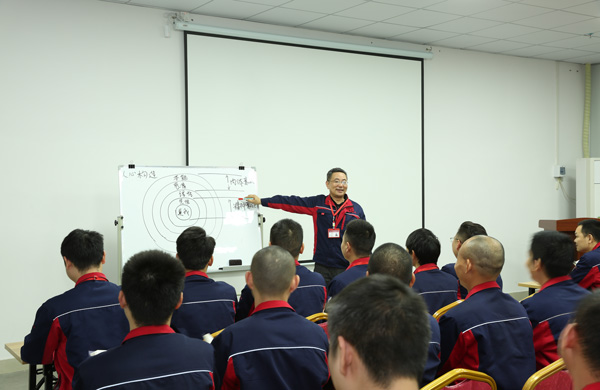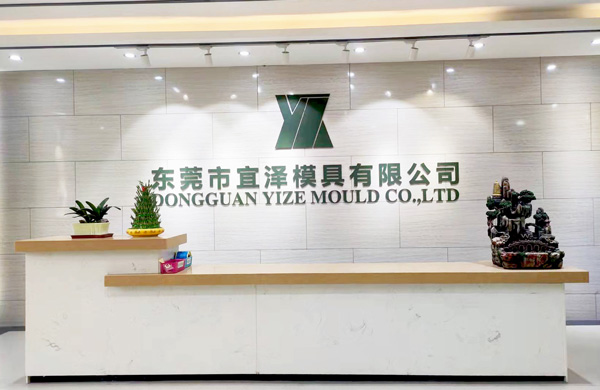In the context of the rapid development of the automotive industry, the production requirements for plastic parts in automobiles are becoming increasingly stringent. With the accelerated pace of automobile development and the continuous pressure to reduce costs, manufacturers of automotive plastic components are facing significant challenges and are compelled to actively explore and adopt new production processes to stay competitive in the market. Among various production techniques, injection molding undoubtedly holds a pivotal position and can be regarded as the core technology for manufacturing automotive plastic parts.
The complexity and uniqueness of automotive parts dictate that a comprehensive and in-depth consideration of multiple critical factors is essential when utilizing plastic injection molds for production. These factors include the drying treatment of materials, the new requirements imposed by glass fiber-reinforced materials on the screw, as well as the selection of drive forms and mold clamping structures.
1. Material Drying: The Foundation for Ensuring Quality
In the production of automotive injection-molded parts, commonly used plastic materials such as modified PP and ABS for automobile bumpers and instrument panels exhibit varying degrees of hygroscopicity. These seemingly minor differences in material properties can have a profound impact on the quality of the final products. Imagine if the raw materials contain excessive moisture when entering the pre-forming stage of the injection molding machine’s screw. During the high-temperature and high-pressure injection molding process, the moisture will rapidly vaporize, forming bubbles or voids. This significantly compromises the strength and appearance quality of the injection-molded parts. Therefore, before the raw materials enter the pre-forming stage of the injection molding machine’s screw, effective methods such as hot air drying or dehumidification must be employed to strictly control the moisture content of the raw materials within a reasonable range, laying a solid foundation for producing high-quality automotive injection-molded parts.
2. Screw Adaptation: The Key to Addressing Material Changes
Currently, most automotive plastic parts in China are non-glass fiber-reinforced plastic products. However, compared to non-glass fiber-reinforced resins, there are significant differences in the material selection and structural design of injection molding machine screws used for molding non-glass fiber-reinforced plastic parts. The addition of glass fibers significantly alters the flowability and frictional properties of the materials, requiring the screws to possess enhanced wear resistance and corrosion resistance. During the actual operation of automotive plastic injection molding, we must pay close attention to the selection of alloy materials for the screw barrel and the application of special heat treatment processes. High-quality alloy materials provide a good foundation for wear resistance and corrosion resistance, while special heat treatment processes further enhance the performance of the screws. This ensures that they maintain stable performance during long-term, high-intensity production processes, effectively addressing the challenges posed by glass fiber-reinforced materials and guaranteeing the smooth progress of the production process and the stable and reliable quality of the products.
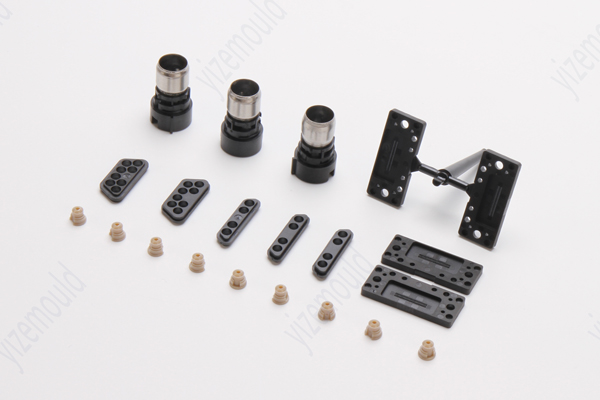
3. Mold Design: The Core of Matching Complex Parts
The unique feature of automotive components lies in their extremely complex cavity surfaces, which result in uneven force distribution and stress distribution during the injection molding process. This complex force situation places extremely high demands on mold design. During the mold design stage, it is essential to fully consider the processing capacity of the injection molding machine, which is mainly reflected in two aspects: clamping force and injection molding capacity.
During the injection molding process, the mold is subjected to tremendous cavity pressure, which generates an opening force that tends to separate the mold’s parting surface. To ensure that the mold remains stable during the injection molding process and does not experience parting surface separation leading to defects such as flash, the mold clamping force must be greater than this opening force. At the same time, to guarantee the reliability of mold clamping, the clamping force should also be less than the rated clamping force of the injection molding machine throughout the entire injection molding process. In addition, the maximum theoretical injection volume of the injection molding machine needs to be matched with the tonnage of the injection molding machine. Only in this way can the full performance of the injection molding machine be utilized, ensuring the production of automotive injection-molded parts with precise dimensions and stable quality.
The production of automotive injection-molded parts through injection molding is a highly complex process involving multiple links and demanding requirements. From the meticulous drying treatment of materials to the precise adaptation of screws and the scientific and rational design of molds, each link is closely interconnected and mutually influential. Only by fully mastering and strictly controlling these key points can high-quality and high-performance automotive injection-molded parts be produced in the fiercely competitive market, contributing to the development of the automotive industry.
